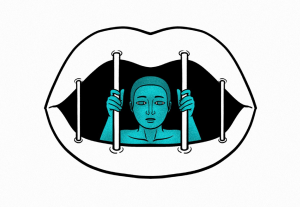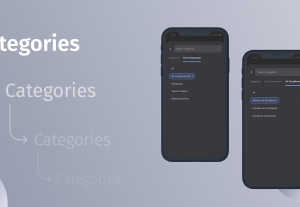- Behavioral Science, Customer Experience, Design, Usability, UX Education, UX Magazine
There are numerous qualitative methods with students as users. Finding the right AAC system and implementing it effectively is essential to give every student access to communication.
Article by Kate Paolini
How I Use UX Research in Speech Therapy
- Kate Paolini, UX Researcher, and Speech-Language Pathologist digs deeper into how her students using augmentative and alternative communication (AAC) can benefit from a UX research approach.
- Communication is much more than speech; therefore, finding the right AAC system and implementing it effectively is essential to give every student access to communication.
- Kate Paolini conducted the research with the help of the following methods:
-
- Buy-In & Initial Methods
- Designing the AAC System for the User
- Access & Education
- Observations & Data Tracking
- Heuristic Evaluation
- Assess, Adapt, Repeat
Share:How I Use UX Research in Speech Therapy
Share this link
- March 1, 2022
7 min read







